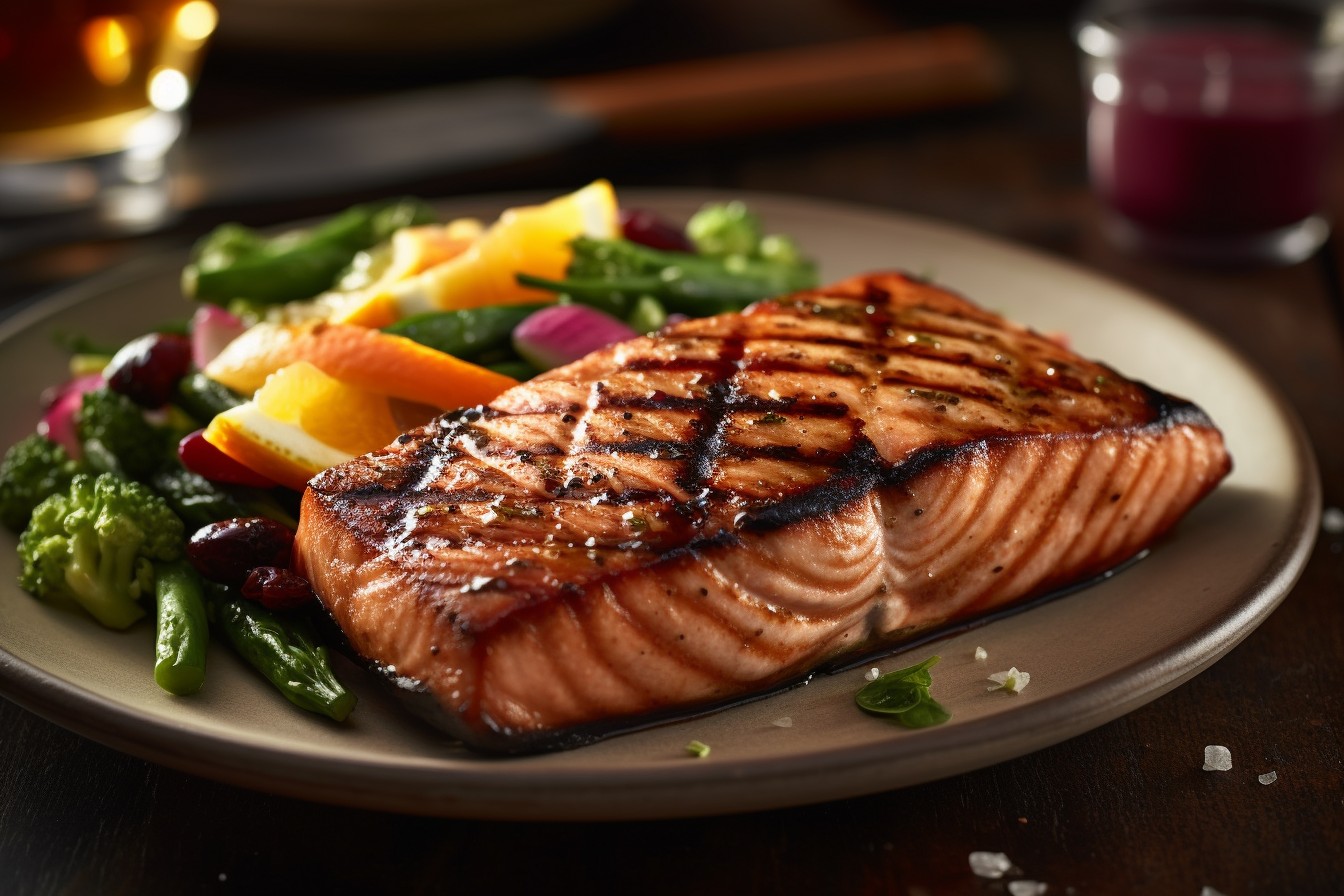In recent years, there has been a growing body of evidence suggesting that omega-3 polyunsaturated fatty acids (PUFAs), when combined with proper exercise, can enhance physical performance by influencing muscle hypertrophy, muscle strength, and delayed onset muscle soreness (DOMS). The most common dietary source of n-3 PUFAs is fatty fish, with eicosapentaenoic acid (EPA) and docosahexaenoic acid (DHA) being the primary long-chain n-3 PUFAs of marine origin. As alternatives to fish sources, chicken, eggs, liver, lamb, pork, or beef contain significantly lower levels of EPA and DHA compared to fatty fish.
This systematic review, published in Critical Reviews in Food Science and Nutrition, aimed to investigate the effects and optimal dosage of n-3 PUFA supplements in combination with physical exercise on muscle hypertrophy, strength, and the severity of DOMS. The search for articles was conducted in databases such as PubMed, Web of Science, MEDLINE Complete, CINAHL, and SPORTDiscus. The systematic review included fifteen studies involving 461 participants. All studies measured muscle function, muscle quality, and the severity of DOMS. Muscle strength was assessed in fourteen studies, and muscle hypertrophy was evaluated in six studies.
Data analysis revealed that supplements containing n-3 PUFAs did not improve muscle hypertrophy, muscle strength, or influence inflammatory biomarkers and the degree of skeletal muscle damage beyond the benefits of exercise itself. However, it was found that n-3 PUFA supplements improved muscle recovery, affecting post-workout muscle soreness and muscle function.
The Role of Omega-3 PUFAs in Muscle Performance
Omega-3 PUFAs, commonly found in fatty fish like salmon, mackerel, and trout, have gained recognition for their potential to boost physical performance when paired with regular exercise. These essential fatty acids, particularly EPA and DHA, have been investigated for their impact on muscle growth, strength, and post-workout discomfort.
- Omega-3 PUFAs: The Basics
Omega-3 PUFAs are a type of fat that our bodies cannot produce on their own and must be obtained through diet or supplements. While fatty fish are the primary source of these fatty acids, they can also be found in other animal products, albeit in lower quantities. EPA and DHA, two long-chain omega-3 PUFAs, are the stars of the show when it comes to enhancing physical performance.
- The Study
A comprehensive review recently published in Critical Reviews in Food Science and Nutrition aimed to shed light on the effects of n-3 PUFA supplements in combination with physical exercise. The researchers conducted an extensive search of databases to identify relevant studies, ultimately including fifteen studies with a total of 461 participants in their analysis.
- Key Findings
The results of this systematic review were intriguing. While n-3 PUFA supplements did not lead to significant improvements in muscle hypertrophy or strength when compared to exercise alone, they did play a pivotal role in muscle recovery. Athletes and fitness enthusiasts who took these supplements reported reduced post-workout muscle soreness and improved muscle function.
- Takeaways
So, what can we take away from this research? Omega-3 PUFAs, although they may not directly impact muscle size and strength, can still be a valuable addition to your fitness regimen. If you’re looking to recover more quickly after intense workouts and minimize post-exercise discomfort, incorporating omega-3 supplements into your diet might be a smart move.
In conclusion, while omega-3 PUFAs might not turn you into a bodybuilder overnight, they can certainly contribute to your overall well-being and help you get back to your workout routine faster. So, don’t overlook the potential benefits of these fatty acids on your journey to improved physical performance.

